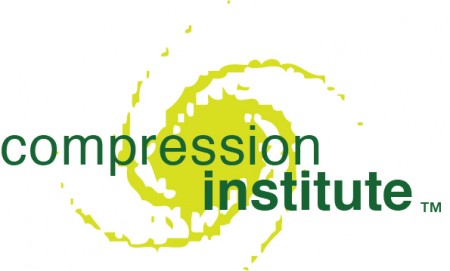After long delay, The Compression Institute recently received 501c3 status from the American IRS. Our web page will soon explain how you too can make a tax-exempt contribution.
We’re not greedy, but contributions will be welcome.
So what might you contribute? Time and energy, of course. But also money so that others can contribute time and energy.
Therefore, what’s the program that you will contribute to?
Briefly, Compression holds that we are being squeezed. The world is running out of easy-to-get stuff, so we must learn to live as well or better using a lot less stuff: energy, raw ores, and toxic materials that require a lot of wasted energy to remediate.
Learning how to make this happen is what we now call Compression Thinking. It’s a blend of lean thinking, systems thinking, design thinking, and behavioral thinking.
This is also a learning process, not hard to fathom by those already into operational lean, but a big jolt to the assumptions of business-as-usual, and a bigger jolt than lean thinking.
For a business, the simplest explanation of Compression Thinking is to always stress systemic quality over quantity of output. Improve the quality of your customers’ lives and of the environment in which they live using much less stuff. That runs counter to the idea of capturing market share, selling more and more stuff. One has to think “total system,” with awareness of consequences far removed and far into the future. Thinking certainly has to run much deeper than sell it and forget it.
This does not come naturally to many C-suite business leaders. To generate ideas, get involved with a community initiative to do much better as a total community while using less energy, water, and materials. A big range of conflicting factors merge at the local area level. Look at all the variables from different stakeholder’s viewpoints. Then help create revolutionary processes much bigger than your company and serve those processes.
We’ve learned over the past two years, that even if they know they should, few businesses can pull this off alone. Business institutions (those pesky banks and shareholders again) see such a strategy as financial suicide. And nobody can deal with big global issues alone. Global change is the aggregate of a lot of local changes, so here’s the plan:
Encourage vigorous learning that will lead to action improving quality of life, but using a lot less. Do it through local learning groups addressing the issues of major public service systems: education, health care, energy, water, public safety, etc. These systems did well meeting yesterday’s needs by yesterdays thinking. They are not effective meeting the challenges of the 21st century with the thinking needed now.
However, these are complex systems, ever changing. Making changes is more like interventions because no “solution” can be once and forever.
For a local learning group to be successful addressing issues of important, but complex local systems, we see four requisites for success.
1. Local Champions: One or more movers and shakers who see the need and can assemble a learning group consisting of all a system’s major stakeholders.
2. A Learning Guide: Someone capable of absorbing and using, not only “tools” for conventional problem solving (like some lean and quality tools), but methodologies for converging diverse stakeholders on a common concept of the system; then moving on to recommending decisions to intervene in the system for long-term improvement.
A learning guide is not a decision maker. A guide is a coach, mentor, and manager of a learning process for people collectively learning and making decisions about a system. The learning guide nudges the learners to apply vigorous learning using Compression Thinking.
3. Information Gatherers: People in the learning group are apt to have other busy lives. They need someone like college interns to gather and assemble information they seek in a format usable to them.
4. Funding. Much of the participation is voluntary, but the process still takes money.
This description is still bare bones. Obviously, there is a lot more to it.
Want to become a Champion? A Learning Guide? For a more complete explanation, e-mail info@compression.org.

